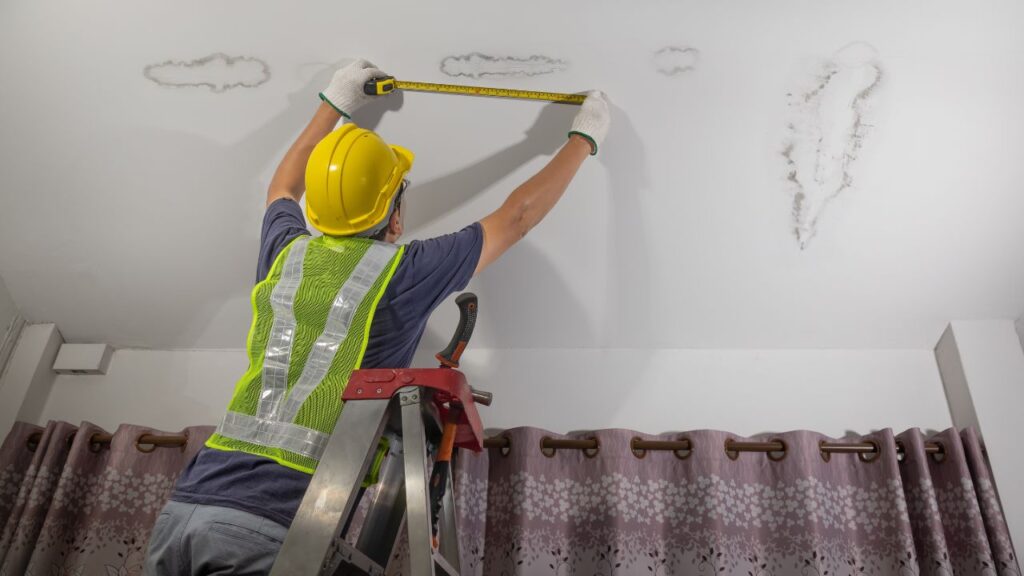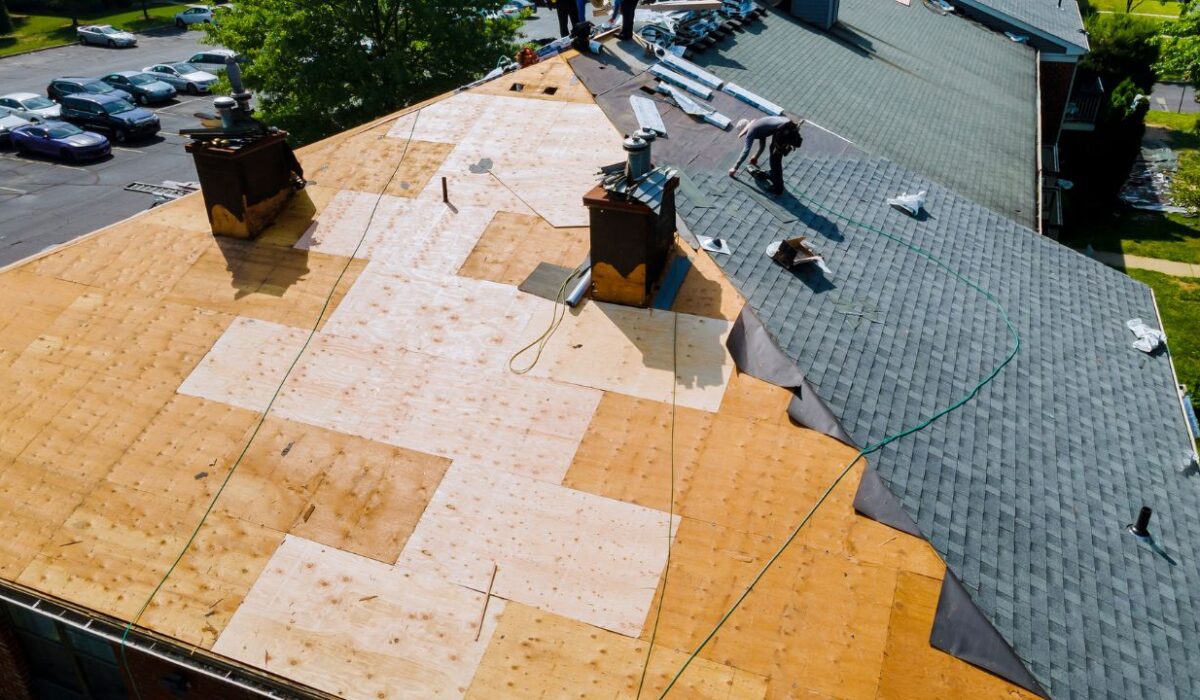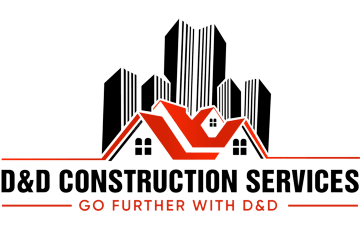Signs It’s Time To Replace Your Roof
Sign 1: Age of the Roof
The age of your roof is one of the primary indicators of its condition and lifespan. Most roofs have a finite lifespan, typically ranging from 20 to 30 years, depending on the material used and environmental factors. Asphalt shingle roofs, for example, generally last around 20 years, while metal roofs can endure for up to 50 years or more. Determining the age of your roof can provide valuable insights into its integrity and potential need for replacement. Keep in mind that factors such as climate, maintenance, and installation quality can influence the lifespan of your roof.
Determining the age of your roof:
- Consulting records: Reviewing construction or renovation records can help you determine the age of your roof.
- Visual inspection: Assessing the condition of the shingles, flashing, and other components can offer clues about the roof’s age.
- Professional assessment: Hiring a roofing contractor for an inspection can provide a more accurate assessment of your roof’s condition and lifespan.
How age impacts the integrity of the roof:
As roofs age, they become more susceptible to damage and deterioration. Exposure to sunlight, moisture, and temperature fluctuations can cause shingles to warp, crack, or lose their protective granules. Additionally, aging roofs may develop leaks, sagging areas, or weakened structural support, compromising their ability to withstand harsh weather conditions. Regular maintenance and inspections are essential for identifying age-related issues early and extending the lifespan of your roof.
Sign 2: Visible Damage
Inspecting your roof for visible signs of damage is crucial for identifying potential problems before they escalate. Visible damage can manifest in various forms, including:
- Missing or cracked shingles: Damaged shingles can expose the underlying roof structure to water infiltration and decay.
- Sagging areas: Sagging or uneven areas on the roof may indicate structural damage or inadequate support.
- Mold or mildew growth: Moisture buildup can promote the growth of mold or mildew on the roof surface, compromising its integrity and indoor air quality.
- Rot or decay: Rotting or decaying wood components, such as fascia boards or rafters, can compromise the structural integrity of the roof and pose safety risks.
Addressing visible damage promptly is essential for preventing further deterioration and minimizing repair costs. Ignoring signs of damage can lead to extensive water damage, mold infestation, and compromised structural stability, requiring costly repairs or even premature roof replacement.

Sign 3: Leaks and Water Damage
Leaks and water damage are clear indications that your roof requires immediate attention. Water infiltration can cause extensive damage to your home’s interior, including:
- Water stains: Discoloration or water stains on ceilings and walls indicate active leaks and water penetration.
- Damp spots: Moisture buildup in the attic or along the roofline can lead to damp spots, mold growth, and wood rot.
- Puddles: Standing water on the roof surface or in the attic can indicate poor drainage or structural issues, increasing the risk of further damage.
Untreated leaks can compromise the structural integrity of your home, promote mold growth, and pose safety risks to your family. If you notice signs of water damage, such as water stains, dampness, or mold growth, it’s crucial to address the underlying cause promptly to prevent further deterioration and costly repairs.
Sign 4: Energy Efficiency
An old or damaged roof can significantly impact the energy efficiency of your home, leading to increased heating and cooling costs. As roofs age, they lose their ability to insulate effectively, allowing heat to escape in the winter and penetrate in the summer. This can result in:
- Higher utility bills: Increased energy consumption due to poor insulation and temperature regulation.
- Uneven heating and cooling: Inconsistent indoor temperatures and comfort levels throughout the home.
- Overworked HVAC systems: Excessive strain on heating and cooling systems to maintain desired temperatures.
Replacing your roof with energy-efficient materials can improve insulation, reduce heat transfer, and lower your energy bills. Investing in a new roof is not only a smart financial decision but also an environmentally friendly choice that reduces your carbon footprint and enhances the comfort and livability of your home.
Sign 5: Shingle Granules in Gutters
Finding shingle granules in your gutters is a telltale sign that your roof is deteriorating. Asphalt shingles shed granules as they age, indicating wear and tear and potential roof damage. Excessive granule loss can compromise the integrity of the shingles and expose your roof to further deterioration, including:
- Premature aging: Accelerated deterioration of shingles due to granule loss and exposure to the elements.
- Reduced waterproofing: Decreased water resistance and protection against moisture infiltration.
- Diminished curb appeal: Faded or discolored shingles detract from the aesthetic appearance of your home and reduce its market value.
If you notice an accumulation of shingle granules in your gutters or around the perimeter of your home, it’s essential to inspect your roof for signs of damage and consider replacement if necessary. Addressing granule loss early can prevent more extensive damage and prolong the lifespan of your roof.
Conclusion
In conclusion, recognizing the signs that it’s time to replace your roof is essential for maintaining the integrity, safety, and efficiency of your home. By paying attention to indicators such as the age of the roof, visible damage, leaks, energy efficiency, and shingle granule loss, you can identify potential issues early and take proactive steps to address them. Whether your roof is showing signs of wear and tear or you’re planning for future maintenance, investing in timely roof replacement is a wise decision that protects your property and enhances its value. Don’t wait until problems escalate—schedule a professional roof inspection today and ensure the long-term health and stability of your home.



